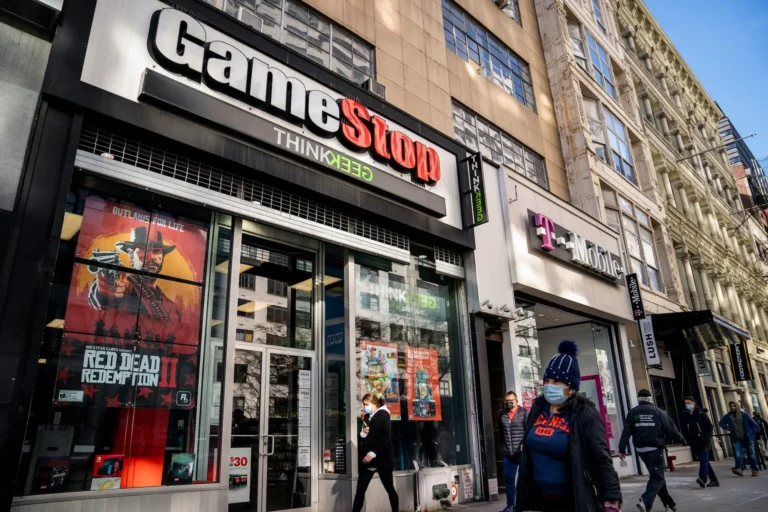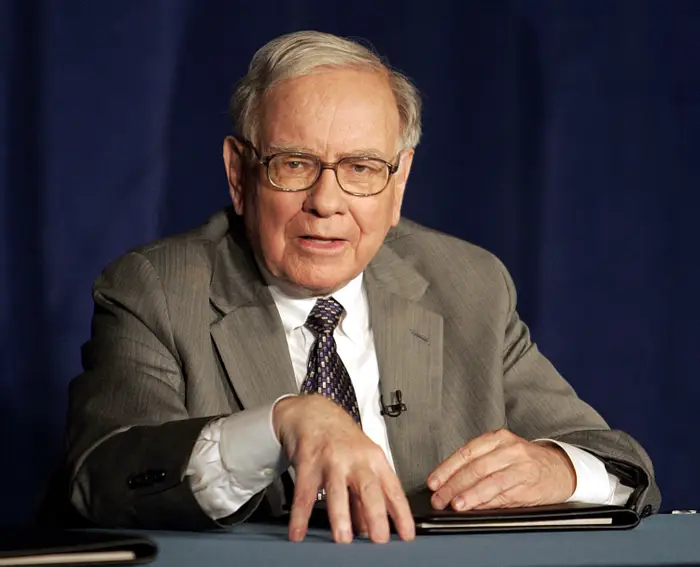Streaming subscribers are ready for added services, new research shows, as companies like Disney and Warner Bros. Discovery race to build bundles

- Streaming customers are interested in adding other products to their subscriptions, a new EY study found.
- The findings suggest new ways streamers could hold on to customers with bundled services.
- The study also found rising streaming service prices haven’t caused widespread cancellations.
People may be abandoning cable, but they want their TV package back.
According to EY’s new Decoding the Digital Home study, streaming customers are very open to adding other products to their subscriptions.
For the first time this year, EY polled survey respondents about their willingness to subscribe to a streaming service that includes additional products and services. Shopping discounts piqued the most interest (50%), while a bundle of more than one streaming service piqued the interest of 45%.
For the 2023 edition of the study, EY surveyed 21,000 households online in the US, UK, Canada, and other EU and Asian countries in March and April. It provides consumer insights on mobile, broadband, streaming, smart homes, and other products and services.
According to Tom Loozen, EY Global Telecommunications Leader, the findings are significant for streamers, who have traditionally focused on their unique content as a selling point. “There’s a way to differentiate yourself by tapping into those opportunities,” he said, referring to respondents’ interest in other services.
The appetite for streaming bundles was greatest in the United States, with 59% interested in streaming packages that included other streaming services or broadband/internet.
Looking at different age groups, interest in such bundles was skewed young: 61% of those aged 25-34 were likely to take a bundle that included another streamer, compared to 45% of all respondents.
People are more interested in getting multiple services from one provider because of economic concerns and decision fatigue caused by the proliferation of entertainment options.
According to Nielsen’s 2022 State of Play report, 64% of respondents wanted the option to choose multiple streamers from a single company.
As they race to reduce churn and make their services profitable, media companies are responding with streaming bundles.
Comcast launched NOW TV in May for $20 per month, a bundle of live channels from Warner Bros. Discovery, AMC, and others, as well as free, ad-supported channels and Peacock. Partners such as Walmart and Sky have bundled with Paramount+. Disney+, ESPN+, and Hulu are all available for one low price, and Hulu content is being migrated into Disney+.
WBD merged Discovery+ and HBO Max into a single app, Max, in May, which will soon include sports and news. When asked about the possibility of a news- or sports-led skinny bundle at a May investor conference, WBD CEO David Zaslav said packaging and marketing streaming services together made a lot of sense.
“If we don’t do it to ourselves, I think it will be done to us,” he predicted. “It will be done by Amazon.” Apple will be the one to do it. Roku will be the one to do it. They’re already getting started.”
Other media executives have cited bundling successes. Disney CEO Bob Iger recently stated that the company’s plan to incorporate Hulu content into Disney+ has already been tested internationally through Star on Disney+. According to Paramount Global, its integration of Paramount+ with Showtime resulted in subscribers spending 20% more time, viewing 40% more titles, and churning at a lower rate than subscribers to the standalone Paramount+.
Streamers still have large libraries of content and may not want to forego lower average revenue per user by splitting subscription fees with partners.
EY also inquired about recent price increases for streaming services and discovered that rising subscription fees have not resulted in widespread cancellations. According to the EY study, only about 20% of households have canceled a streaming subscription in the previous 12 months, and 13% plan to cancel one in the future, while 32% have no plans to cancel any.
When people do cancel, the most common reason given (45%) is cost, while 31% cite a loss of favorite content or a preference for other platforms, indicating that the landscape remains highly competitive. Streamer satisfaction remains relatively high, at 55%.
“Basically, prices have risen in the last year, but this does not reflect a desire to reduce all of the things you spend money on in this space,” Loozen explained.
However, dissatisfaction is rising among one key demographic: 52% of 18- to 24-year-olds said they get good value for money from streamers, down from 63% in 2022.






